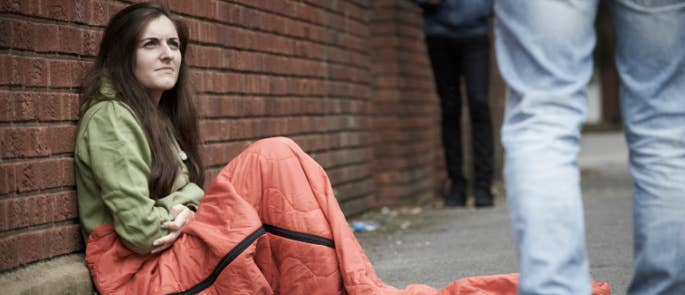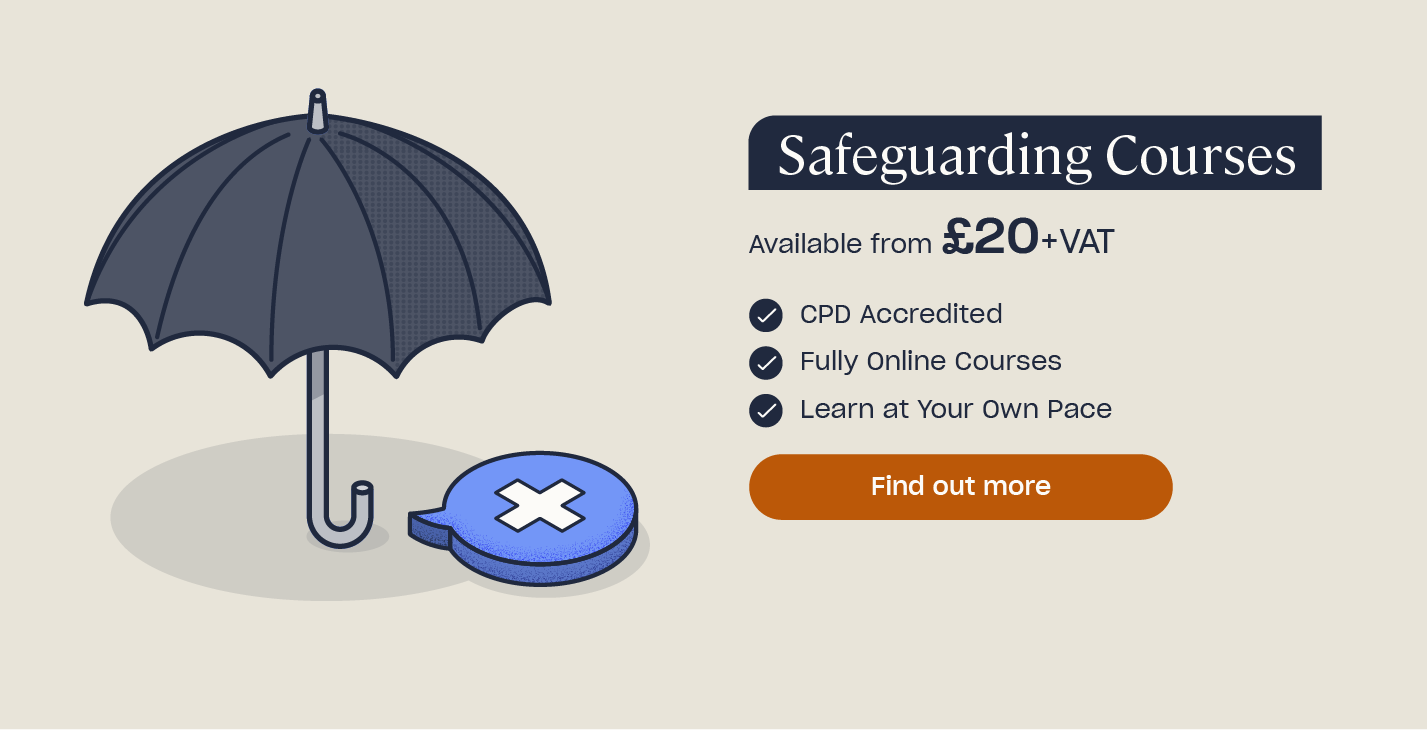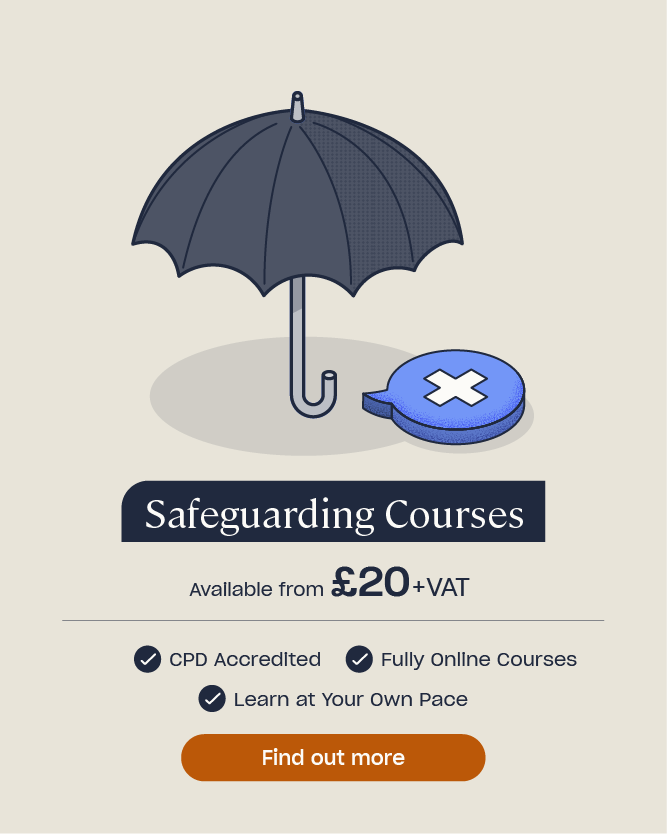What is County Lines?
Anyone can become a victim of exploitation and it can happen anywhere, however, it is not always obvious that someone is being exploited. It is vital that you understand what can be done to help prevent people from being involved in County Lines and that you take the appropriate action if you suspect anything.
In this article, we will explain what is meant by the term County Lines and why it is a safeguarding issue. We will also outline how you can spot the signs that someone is being exploited and what action you should take.
What is County Lines?
The term County Lines refers to a form of criminal exploitation in which illegal drugs are transported from one area to another, usually by children, young people or adults at risk that have been exploited and coerced by criminal gangs. County Lines can also involve the transportation of money and/or weapons, as well as involving other crimes, such as robbery, burglary, theft, modern slavery, sexual offences and cuckooing.
County Lines gangs mostly operate for the exchange of something, whether that is money, drugs, sex or weapons. The ‘line’ in County Lines refers to the mobile phone line that is often used as a supply line for the drugs. This is also referred to as a ‘trap line’ or a ‘deal line’.
Recruitment into County Lines can take place online and offline, with victims being manipulated through violence, threats and promises of rewards, as well as sexual and mental abuse. This manipulation and intimidation continues once the victim becomes involved.

County Lines can have a devastating impact on individuals, families and communities. The consequences of the crimes involved are far-reaching, resulting in countless victims. Therefore, it is important to be aware of County Lines and to know how to identify if someone is being exploited.
Is County Lines a Safeguarding Issue?
County Lines is a safeguarding issue as criminal gangs coerce and manipulate victims into being involved. Criminal gangs often target children, young people and adults at risk, as they believe they are easier to manipulate. Therefore, the victims of County Lines must be protected and safeguarded to prevent their involvement and help them leave behind the gang they are under the control of.
Having an awareness of the certain risk factors that can increase the likelihood of a child, young person or an adult at risk being exploited can help to ensure the appropriate safeguards are in place. For example, certain areas of the country have a greater occurrence of child criminal or sexual exploitation, increasing the risk to children living in that area. Certain schools may also have high rates of student exclusion and being absent from school increases the risk of a child being exploited or groomed.
As a result, it is crucial that children, young people and adults at risk are in an environment that prioritises safeguarding. For more information, take a look at our article on how to promote an effective culture of safeguarding in schools.
Another way to safeguard those at risk of exploitation and grooming is to teach them about healthy relationships. This can help potential victims learn the difference between a genuine relationship or friendship and someone who is manipulating them.
Looking to Learn More?
Our range of Safeguarding Courses will develop your knowledge of how to keep children, young people and adults at risk safe. We also have courses on Child Sexual Exploitation & Child Criminal Exploitation and Online Safety & Harms containing detailed information for identifying and responding to exploitation.
County Lines Signs
Children around the ages of 14-17 are most likely to be exploited, but children as young as seven can be targeted. There are some signs to look out for that may indicate that someone is being exploited, they include:
- Regularly missing from home and school.
- Often being found some distance away from home.
- Having lots of train or bus tickets.
- Having unexplained injuries.
- Owning several phones and receiving lots of calls and texts.
- Being unable to explain their extra cash or expensive new items.
- Having friendships with older people or gang associations.
- Displaying negative changes in mood and behaviour.
- Leaving the home or care setting without an explanation.
- Parental concerns.
- Being found in possession of drugs and/or weapons.
- A decline in school performance.
- Isolation from peers or a change in social network activity.
- Self-harm.
- Being secretive, especially if this is out of character for them.
- Being fearful, especially of going out of the house.
- Starting to use alcohol or drugs.
- Being involved in low level criminal offences.
This list is not exhaustive and it can sometimes be hard to identify if someone is at risk. If you have any concerns, you should raise them and report them as soon as possible.

How to Respond to County Lines
Early intervention and prevention are highly important in County Lines as they can stop harm before it occurs. It involves recognising and reducing the risk factors in a person’s life, whilst working to implement and develop positive, protective elements.
Safeguarding is everyone’s responsibility, so it is crucial that you know how to respond to disclosures and concerns. A disclosure refers to when a person tells someone of the harm that they, or someone else, is experiencing. A concern refers to something that is witnessed or an observation of certain signs and indicators of harm. If you witness one of the signs that someone is being exploited from the list above, this is a concern.
All disclosures and concerns need to be reported, you should never keep them to yourself. Remember to listen, remain calm, reassure the individual and inform them that you will have to pass the information on. You should also make a written record of what was said during the disclosure or what was witnessed, as soon as possible, to ensure accuracy.

Who you report the concern or disclosure to will vary depending on your environment. If you are in an environment where there is a designated safeguarding lead (DSL), you should inform them. If you are in an organisation without a DSL, you should inform your manager or supervisor. You may also need to report directly to your Local Authority. You can find the contact details of your Local Authority here.
If there is an immediate risk of harm, you should ring 999 or 112. Remember, you are never alone and you must never keep any safeguarding issues or concerns to yourself. Even if your concerns do not turn out to be County Lines involvement, the individual may still be being exploited in some other way.
Looking to Learn More?
Our dedicated County Lines training course covers what is meant by the term County Lines, who is at risk and how to identify County Lines, as well as the impact it can have on a victim. The course also outlines in detail the importance of early intervention and prevention and how to respond to County Lines, including next steps and the multi-agency response after a report is made.
County Lines is a form of criminal exploitation that has a devastating and far reaching impact. Children, young people and adults at risk are most likely to be targeted. It is crucial that the necessary safeguards are in place to help those at risk of being exploited and those already involved in County Lines activities.
Further Resources:











